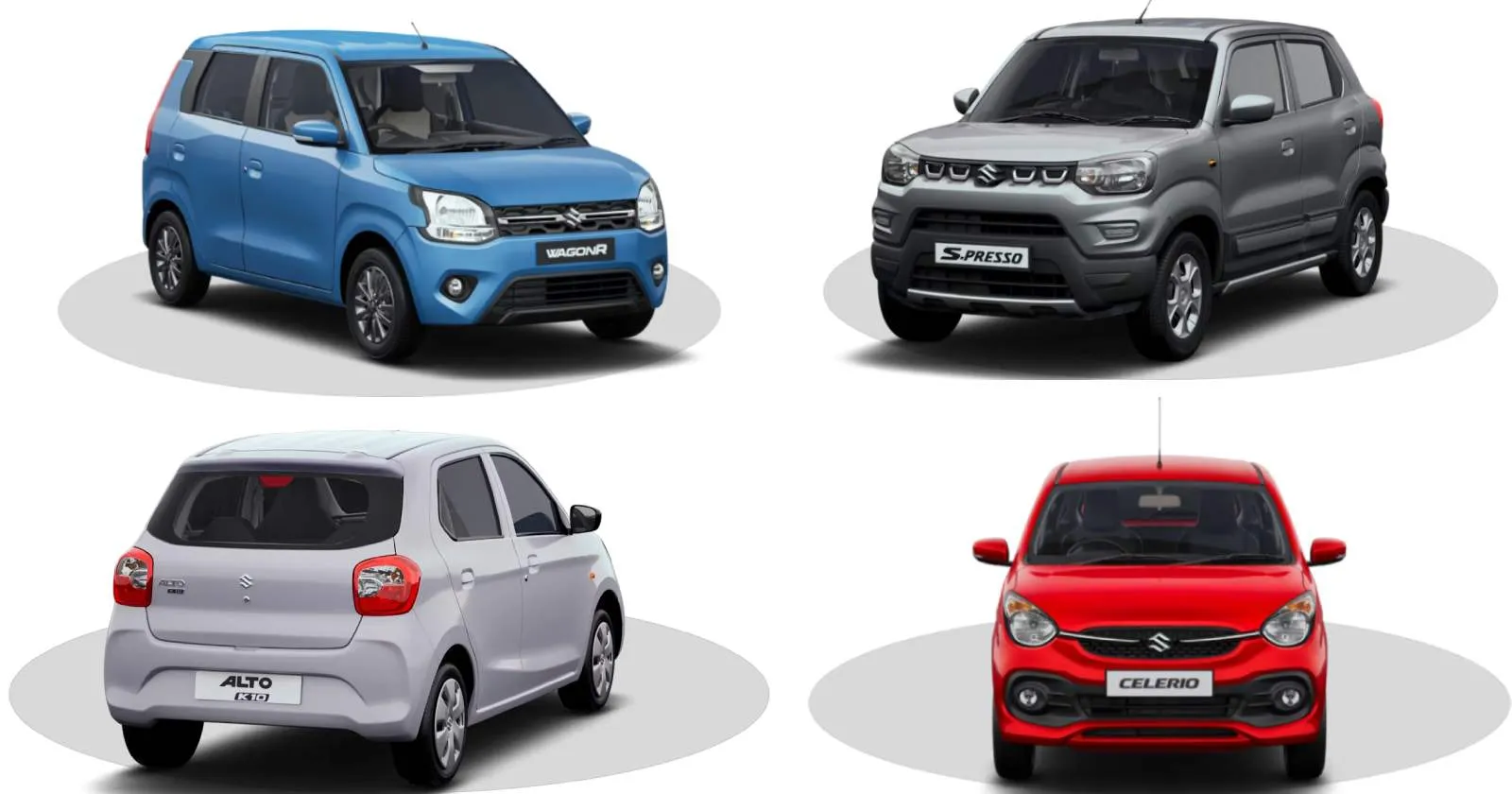
The finance burden can be the biggest deterrent for motorcycle and scooter riders who want to upgrade to a car.

Share Post

The finance burden can be the biggest deterrent for motorcycle and scooter riders who want to upgrade to a car.
Maruti Suzuki India wants to ride the trend of revival in the entry-level small car / mini car segment. It will launch a new campaign, ‘Pragati ka Tyohaar’ ("Festival of Progress" in Hindi) across its network, starting November 2. The month-long campaign is aimed only at two-wheeler owners.
The core goal for the new campaign is to net customers from the bottom of the motorised mobility pyramid, and get them to buy a car. “We feel that if we are able to get this customer into our fold, it will spread like a fire. And many other people in their community will also start coming, and they will also be going for the four-wheeler,” says Partho Banerjee, Senior Executive Officer – Marketing and Sales, Maruti Suzuki India.
Lowering the affordability hurdle beyond what GST 2.0 has enabled is one of the key highlights of the new campaign. GST on small cars (up to 4 metres, 1200cc petrol/1500cc diesel) was revised from 28 percent to 18 percent. This led to prices of some entry-level cars dropping by over ₹1 lakh. According to Maruti Suzuki India, this has also helped kickstart a revival of the entry-level small car segment, which was witnessing a declining trend.
The GST 2.0-led price cuts played a key role in the share of Maruti Suzuki India’s bouquet of entry-level models – Alto, S-Presso, Celerio, and WagonR – moving from 16.7 percent in September, to 20.5 percent in October.
The OEM wants to leverage this opportunity to attract more two-wheeler users to cars by easing the finance burden, which can be the biggest deterrent for a two-wheeler customer wanting to upgrade to a four-wheeler. “So, we are trying to basically remove all these irritants by having tie ups with some of the finance companies. And we are also putting our skin into the game to support these customers to upgrade from a two wheeler to a four wheeler,” says Banerjee.
He adds that a profile of customers “never seen before” are coming to Maruti Suzuki India’s showrooms, and finance packages could be customised to get them into the brand’s fold.
The OEM’s latest strategy is also based on studies of the motorisation trend in developed markets. “The classic example is of Japan. If you see in the 1980s and 1990s, the sales of two wheelers were very high. But now, we hardly see any two wheelers there,” says Banerjee, adding that Kei cars (up to 3.4 metres, 660cc) were mainly responsible for driving the migration from two- to four-wheelers.
Maruti Suzuki thinks something similar can be done in India. It expects at least some other OEMs to to also rejig their product strategies to tap this potential growth opportunity in the small car segment. For Maruti Suzuki India, sustained success in reviving the small car segment would pave the road for it to regain lost ground, and achieve its target of reaching 50 percent market share again.
“It's a byproduct actually. Obviously, our market share is going up. And yes, this is one of the directions, and we feel being a market leader, we should try to expand the market,” says Banerjee. According to him, Maruti Suzuki’s retail market share (based on VAHAN data) improved to 43.5 percent in October, from 42 percent in September. Of Maruti Suzuki India’s record retail figure of 1,80,675 units in October, 15,700 were entry-level small cars.
Mexico Raises Import Duty on Cars, Automotive Components: Indian Industry Likely to Feel Impact
Acko Drive Team 12 Dec, 2025, 2:57 PM IST
Mahindra XUV 7XO Teased Again, Bookings Open on December 15
Acko Drive Team 12 Dec, 2025, 2:04 PM IST
New Nissan MPV Debut On 18 December: Here’s What We Know
Acko Drive Team 12 Dec, 2025, 1:57 PM IST
Mercedes-Benz India to Raise Prices by 2% Citing Forex Rate Shifts
Acko Drive Team 12 Dec, 2025, 11:46 AM IST
Vida Launches DIRT.E K3: Size-Adaptive Electric Motorcycle for Kids
Acko Drive Team 12 Dec, 2025, 10:05 AM IST
Looking for a new car?
We promise the best car deals and earliest delivery!
